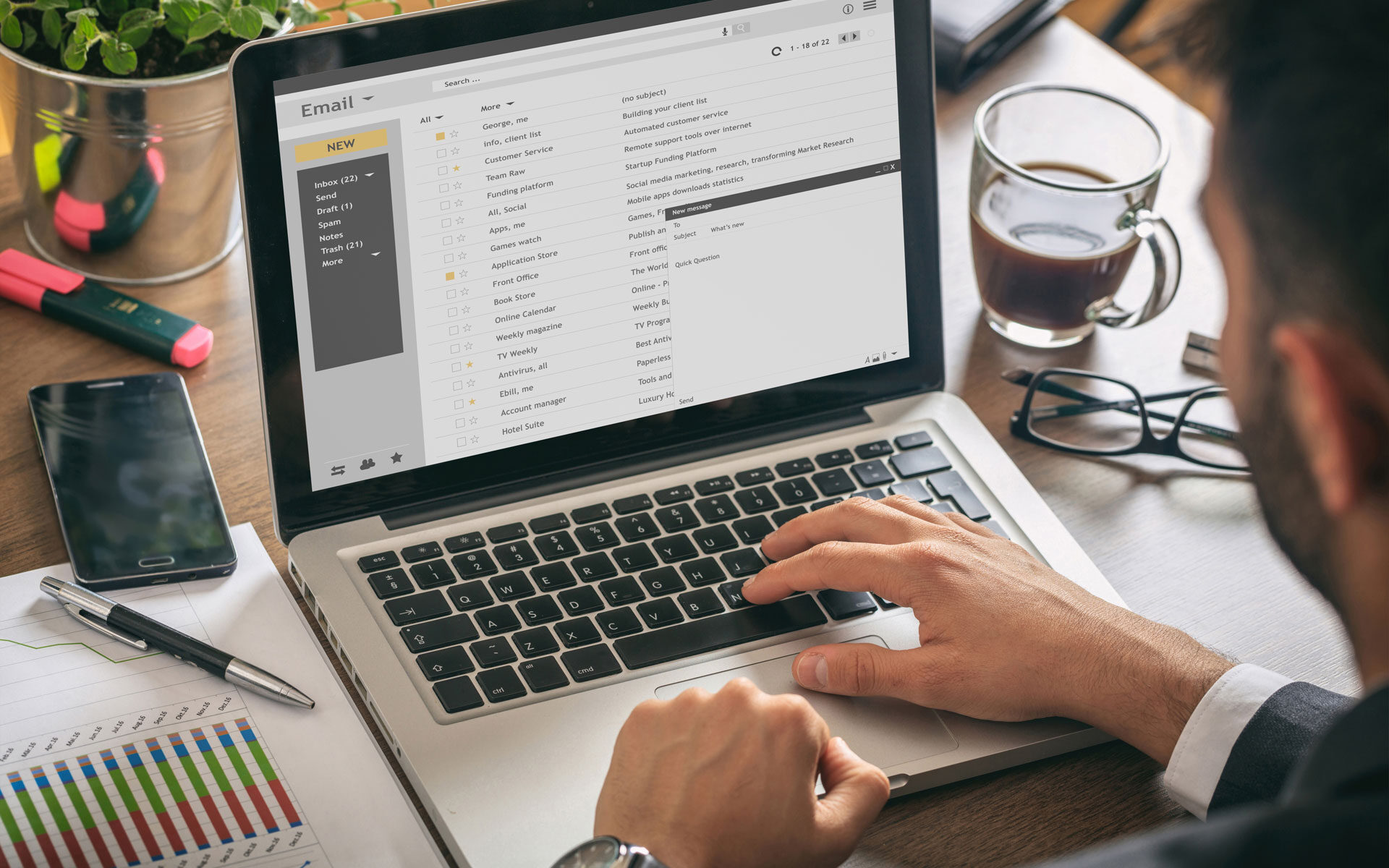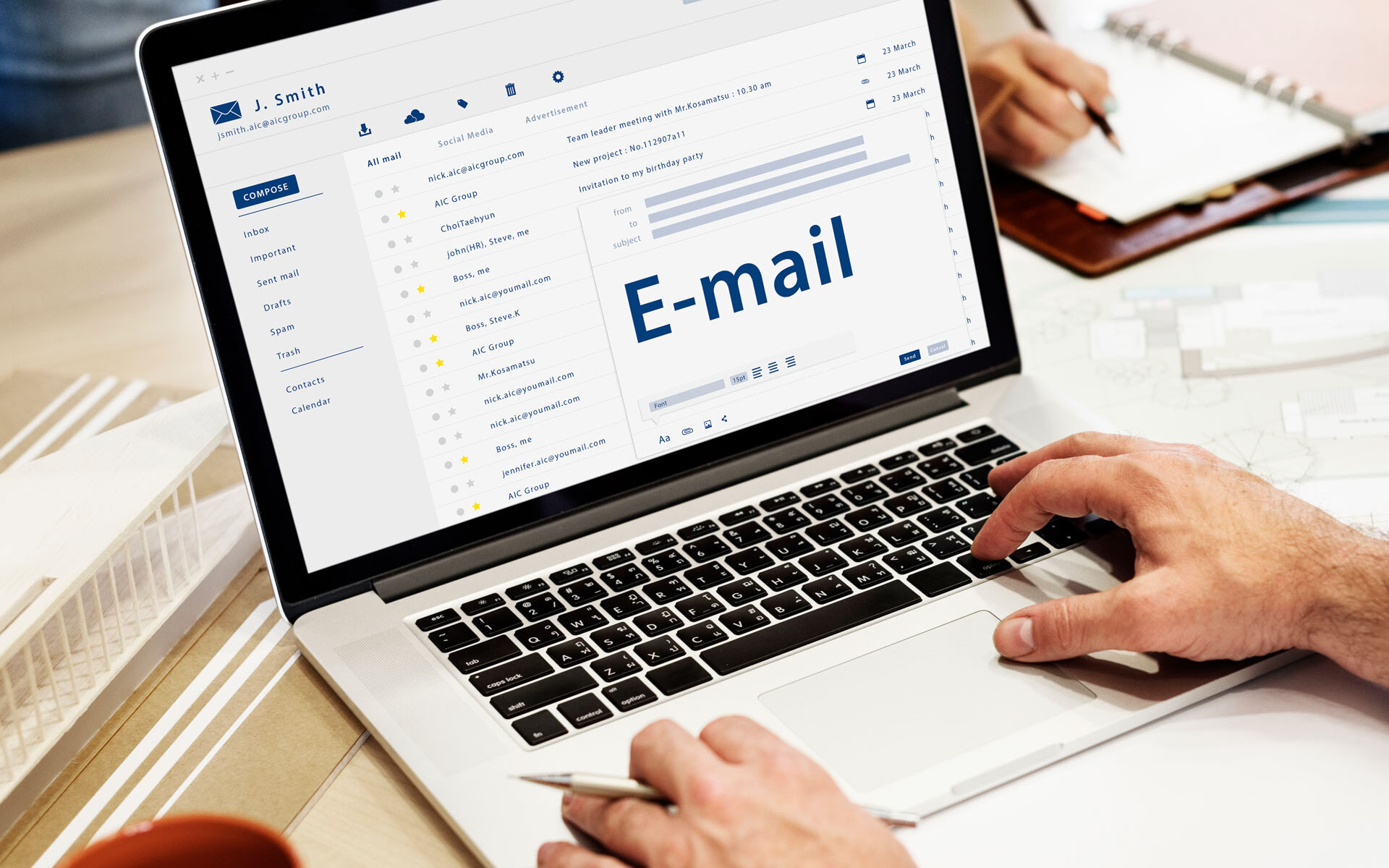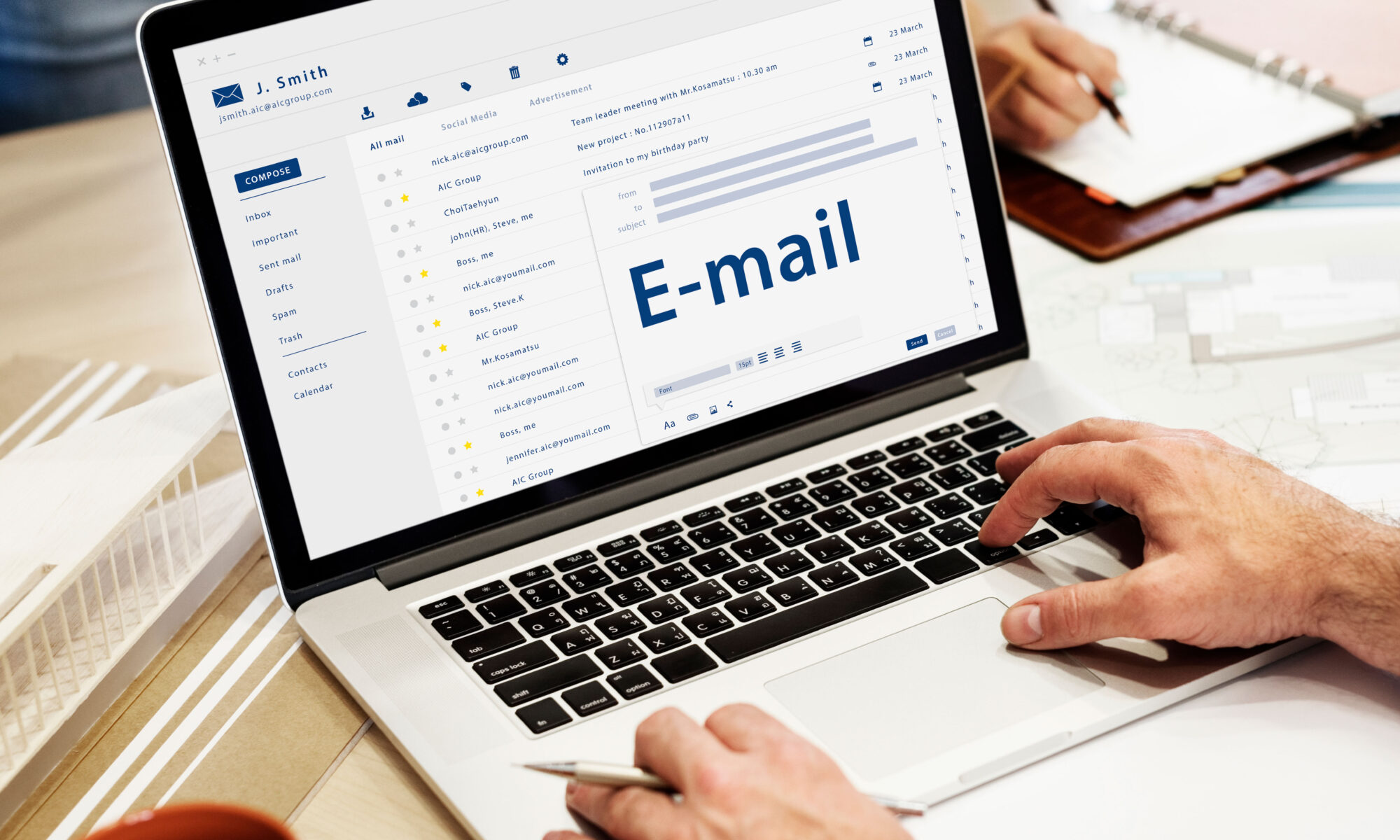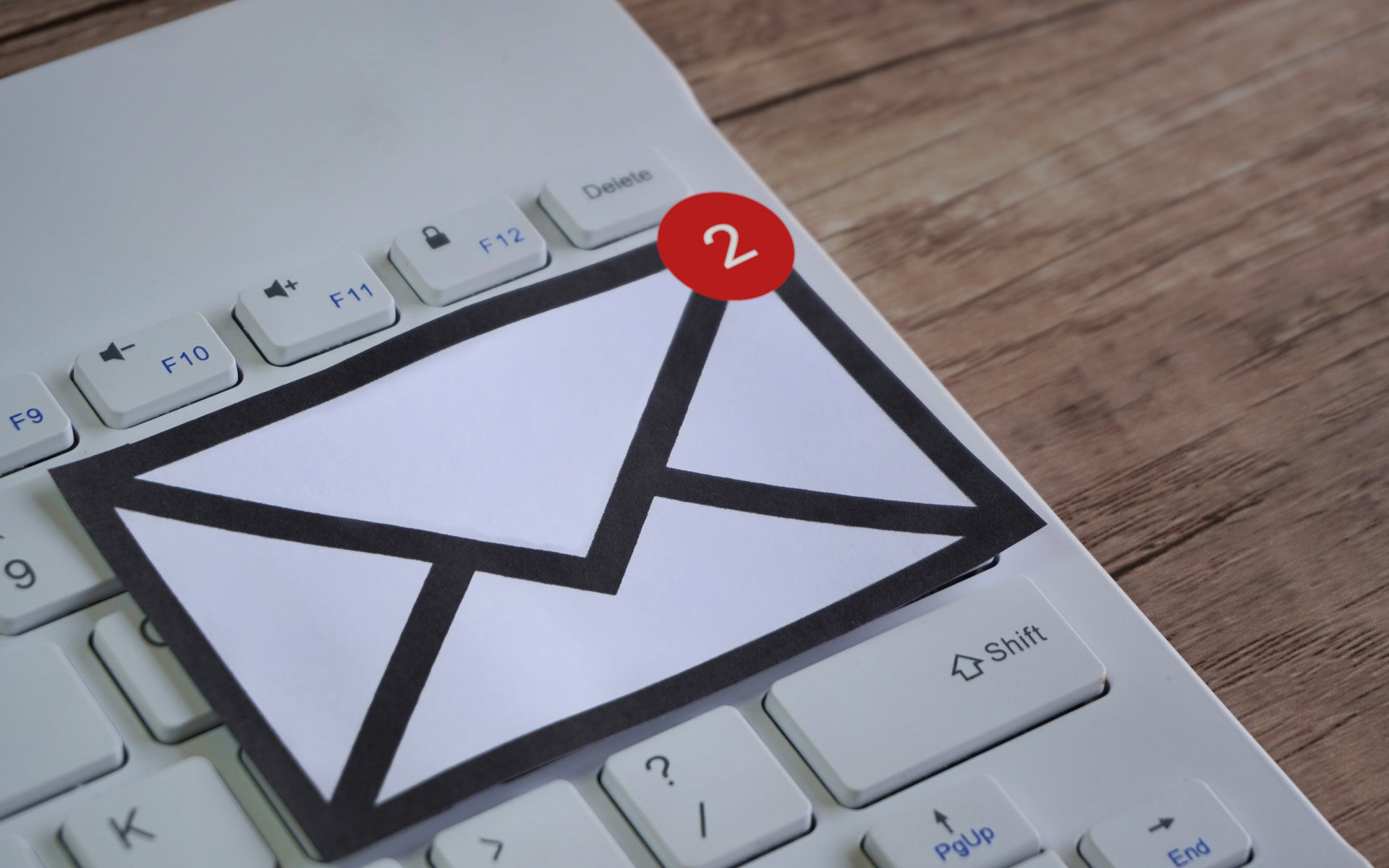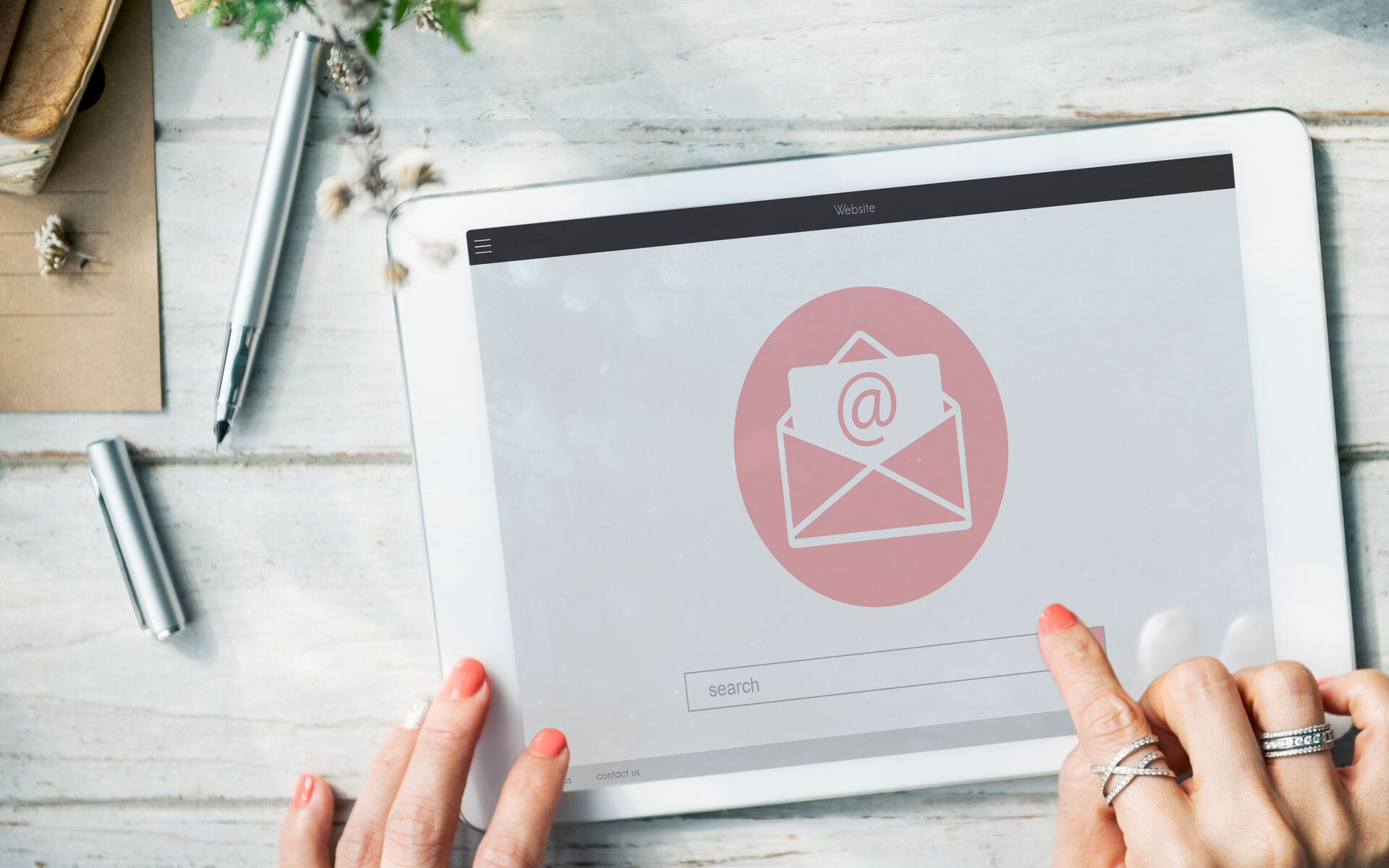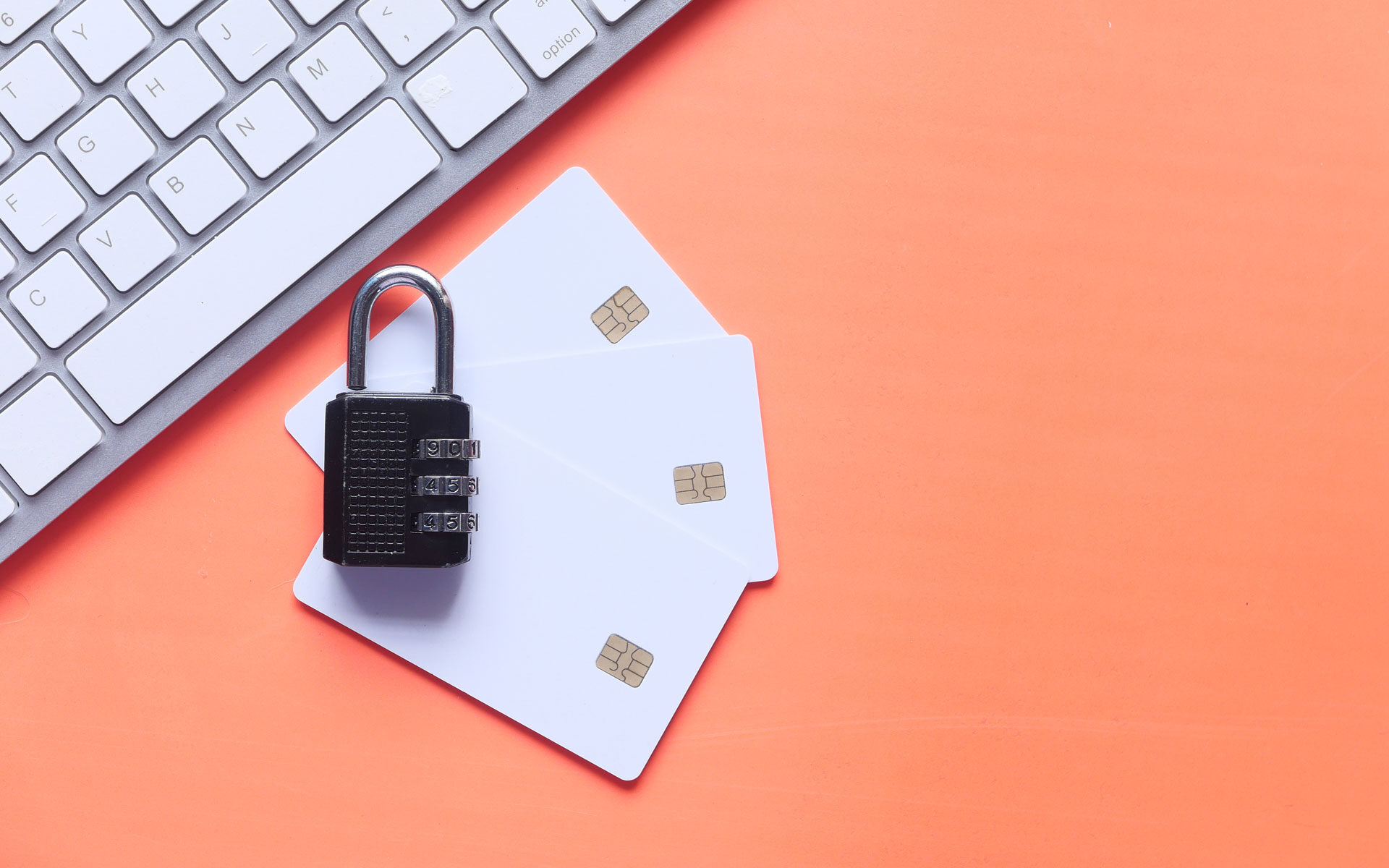Ensuring HIPAA compliance in email communications is essential for healthcare providers, business associates, and all individuals handling protected health information (PHI). The Health Insurance Portability and Accountability Act (HIPAA) establishes stringent standards for safeguarding the privacy and security of patient data, rendering secure email encryption a non-negotiable aspect of everyday operations. With many organizations relying on Microsoft Outlook for email, it’s essential to understand whether Outlook’s encryption tools truly meet HIPAA requirements and what steps must be taken to protect sensitive information.
Understanding HIPAA Compliance Requirements
HIPAA, the Health Insurance Portability and Accountability Act, establishes national standards for protecting sensitive patient health information, collectively referred to as Protected Health Information (PHI). When it comes to electronic communications, HIPAA mandates that healthcare providers, insurers, and business associates implement safeguards to ensure the confidentiality, integrity, and availability of PHI transmitted via email or stored electronically.
Specifically, HIPAA requires covered entities to employ security measures that prevent unauthorized access, use, or disclosure of PHI. This includes implementing encryption as a core technical safeguard. If PHI is transmitted via email, encryption is crucial because it renders the data unreadable to anyone without proper authorization. Non-compliance—such as sending unencrypted PHI over insecure channels—can lead to substantial fines, legal penalties, and loss of patient trust. Therefore, secure transmission methods, such as encryption, are not only best practices but also a legal requirement for HIPAA compliance.
Securing patient information through encryption is vital because healthcare data is an attractive target for cybercriminals and often contains personal identifiers that, if compromised, can lead to identity theft, fraud, or violations of privacy rights. Encryption helps ensure that sensitive data remains confidential during transmission over the internet and when stored digitally, aligning with HIPAA’s mandates for safeguarding PHI against threats and breaches.
Overview of Outlook Email Encryption
Within the Microsoft Outlook environment, email encryption works by converting plain-text messages into an encoded format that can only be decrypted by recipients with the appropriate cryptographic keys or credentials. This process ensures that the content of your email remains confidential and tamper-proof during transit down the communication chain.
Outlook offers several encryption options, primarily S/MIME and Office 365 Message Encryption (OME).
- S/MIME (Secure/Multipurpose Internet Mail Extensions): S/MIME uses digital certificates issued by trusted Certificate Authorities to encrypt email content and digitally sign messages. When an email is encrypted with S/MIME, only the recipient with the corresponding private key can decrypt and read it. Digital signatures also authenticate the sender’s identity, ensuring message integrity. S/MIME is well-suited for organizations with established PKI (Public Key Infrastructure) and offers strong, end-to-end encryption, but both sender and recipient need compatible certificates.
- Office 365 Message Encryption (OME): OME leverages Microsoft’s cloud-based encryption system, allowing users to send encrypted messages even to non-Office 365 users. It encrypts the email on Microsoft’s servers without requiring recipient certificates, often delivering the message via a secure web portal or integrated client add-in. OME offers policy-based encryption, ensuring that sensitive data complies with organizational or regulatory standards, and supports a broader range of workflows with more straightforward implementation, especially for external communication.
Both Outlook encryption methods provide significant security enhancements over standard email, enabling organizations to meet compliance standards such as HIPAA while safeguarding patient or business information.
Evaluating Outlook’s Email Encryption for HIPAA Compliance
When considering whether Outlook email encryption is HIPAA compliant, it’s essential to understand that the software’s core encryption capabilities form a foundation but do not guarantee compliance on their own. Outlook offers robust encryption options—namely S/MIME and Office 365 Message Encryption (OME)—that, if properly configured, can meet HIPAA’s technical requirements for protecting Electronic Protected Health Information (ePHI). Both encryption methods provide strong, standards-based security features such as end-to-end encryption, message authentication, and controlled access, aligning with the HIPAA Security Rule’s safeguard mandates.
However, HIPAA compliance depends on more than just encryption technology; it requires a comprehensive security management approach. While Outlook’s encryption capabilities help protect data in transit and, with proper setup, at rest, the platform must be complemented by organizational policies, staff training, and technical controls. For example, encryption alone doesn’t address unauthorized access through compromised credentials or secure storage once messages are delivered. Therefore, Outlook’s encryption can support HIPAA compliance, but only if used within a broader security framework that includes proper key management, user authentication, audit logging, and data retention policies.
In comparison, HIPAA’s standards emphasize ensuring data confidentiality, integrity, and availability through multiple layers of security. Outlook’s encryption features, when correctly implemented, meet the confidentiality aspect, especially with end-to-end encryption options. Still, organizations must verify that their overall use of Outlook—including physical safeguards, access controls, and audit trails—aligns with HIPAA’s multi-faceted approach. Ultimately, Outlook’s encryption can be HIPAA compliant if integrated into a compliant security program.
Additional Measures for HIPAA Compliance in Outlook
To ensure full HIPAA compliance when using Outlook for email encryption, organizations should implement additional safeguards beyond just enabling encryption. Key practices include:
- Proper Configuration of Security Settings:
- Enable and enforce access controls such as two-factor authentication (2FA) to restrict access to email accounts containing ePHI.
- Use email retention policies aligned with HIPAA requirements to securely store or delete emails after a specified period, ensuring data is preserved or disposed of according to legal standards.
- Regularly update and patch Outlook, Office 365, and encryption tools to protect against vulnerabilities.
- Key Management and User Controls:
- Manage encryption certificates and keys securely; restrict access to private keys, and implement procedures for key renewal or revocation.
- Maintain detailed audit logs of email activities, including encryption and decryption attempts, to provide documentation in case of audits or breaches.
- Staff Training and Policies:
- Train staff to recognize PHI and handle encrypted emails appropriately to prevent accidental disclosure or mishandling.
- Develop clear policies for incident response, including steps for responding to potential security breaches involving email communications.
- Secure Storage and Transmission:
- Use secure, encrypted email gateways or secure portals for transmitting sensitive data that cannot be effectively protected via email encryption alone.
- Ensure that backup and archiving systems also meet encryption and access control standards established by HIPAA.
Implementing these measures ensures that Outlook’s encryption capabilities are part of a comprehensive, HIPAA-compliant information security program. This minimizes compliance risks and enhances the protection of sensitive health information throughout its lifecycle.
Common Misconceptions About Email Encryption and HIPAA
Myth 1: “Encryption Alone Makes Email HIPAA Compliant.” Reality: Encryption is a critical safeguard, but only one part of HIPAA’s comprehensive security requirements. HIPAA mandates the implementation of administrative, physical, and technical safeguards, including risk assessments, access controls, audit controls, and workforce training. Relying solely on encryption without implementing these other safeguards does not ensure compliance.
Myth 2: “Any Encryption Method Meets HIPAA Standards.” Reality: Not all encryption is equal. HIPAA requires the use of strong, industry-standard encryption such as AES-256 or industry-approved PKI algorithms. Using outdated or weak encryption protocols violates HIPAA’s standards and can lead to non-compliance.
Myth 3: “Encrypted Emails Are Completely Secure and Cannot Be Breached.” Reality: While encryption significantly reduces risks, it does not eliminate all threats. Risks like compromised encryption keys, insider threats, or insecure user practices (e.g., weak passwords) can still lead to breaches. Robust access controls, effective monitoring, and comprehensive staff education must complement encryption.
Myth 4: “Sending PHI Unencrypted Is Acceptable as Long as I Have a Business Associate Agreement (BAA)” Reality: Sending unencrypted PHI is a direct violation of HIPAA unless protected by other safeguards, like a BA that ensures the recipient’s security measures. Encryption is clearly mandated for the electronic transmission of PHI to prevent unauthorized disclosures.
Clarification: Proper HIPAA compliance involves implementing layered safeguards, including encryption, access controls, audit mechanisms, policies, and training. Properly configured Outlook encrypted email, supported by comprehensive security policies, helps meet these standards but does not, on its own, guarantee HIPAA compliance.
Alternatives to Outlook for HIPAA-compliant Email Encryption
Organizations seeking HIPAA-compliant email encryption beyond Outlook have a variety of specialized solutions designed with healthcare privacy standards in mind. Recognized platforms include ProtonMail, Tutanota, Hushmail, and Virtru.
ProtonMail and Tutanota are end-to-end encrypted email services that automatically encrypt user data at rest and in transit. They are designed with privacy by default, featuring zero-knowledge architectures, meaning even their servers cannot access user content. These platforms are HIPAA-eligible when appropriately configured, and they offer options such as audit logs and data residency assurances.
Hushmail is explicitly marketed for healthcare providers, offering HIPAA Business Associate Agreements (BAAs) and support for encrypted forms and workflows designed to meet regulatory standards.
Virtru provides encryption overlays that integrate with existing email platforms, such as Gmail and Outlook, enabling seamless encrypted sending with granular access controls, audit trails, and encryption key management—all critical for HIPAA compliance.
Comparison with Outlook:
| Aspect | Outlook (with S/MIME/OME) | ProtonMail/Tutanota | Virtru | Hushmail |
| Ease of Use | Moderate; depends on setup | Very user-friendly | Very user-friendly | User-friendly |
| Integration | Seamless within the Microsoft ecosystem | Standalone or web-based | Integrates with Gmail, Outlook | Web-based, integrated with forms |
| Automatic Encryption | Manual setup required | Automatic | Automatic with policy controls | Automatic |
| Standards & Compliance | Support for leading standards | Meets HIPAA with proper setup | Meets HIPAA via policies | HIPAA-certified |
| Limitations | Complex setup, certification management needed | May lack enterprise controls | Cost structure, learning curve | Limited integration options |
Summary: While Outlook offers robust encryption options, dedicated HIPAA-compliant platforms or overlays, such as Virtru and Hushmail, generally provide simpler interfaces, automatic policies, and built-in compliance features tailored to healthcare environments. The choice depends on an organization’s technical capacity, existing infrastructure, and compliance needs.
Best Practices for Achieving HIPAA Compliance with Email Encryption
Ensuring your organization’s email practices meet or exceed HIPAA standards involves comprehensive strategies:
- Develop Clear Policies and Procedures:
- Define which employees can send PHI via email and under what circumstances.
- Establish protocols for encryption, decryption, and secure storage of keys.
- Document email handling workflows, including incident response plans.
- Regular Employee Training:
- Conduct ongoing training to educate staff about HIPAA regulations, proper use of encryption tools, and recognizing phishing threats.
- Emphasize the importance of verifying recipient identities and using secure methods for sharing encryption keys or passwords.
- Implement Robust Technical Controls:
- Use encryption solutions that automatically encrypt PHI in transmission and storage.
- Enforce multi-factor authentication (MFA) and strong password policies.
- Maintain detailed logs of email activity related to PHI access and transmission for audit purposes.
- Perform Routine Security Audits:
- Regularly review email security procedures and encryption effectiveness.
- Conduct vulnerability assessments and penetration testing to identify gaps.
- Ensure encryption keys and certificates are current and securely stored.
- Maintain Business Associate Agreements (BAAs):
- Ensure all vendors, including email encryption providers, sign BAAs confirming their compliance with HIPAA.
Final Thoughts
Staying HIPAA compliant goes far beyond simply enabling encryption in Outlook or any other email client. While Outlook offers robust encryption options, such as S/MIME and Office 365 Message Encryption, compliance is only guaranteed when these options are combined with the correct configurations, policies, and employee training. Healthcare organizations must take a proactive approach, regularly reviewing and updating their email security strategies to ensure patient information remains safe at every step. By understanding both the capabilities and the limitations of Outlook’s encryption, organizations put themselves in the best position to safeguard sensitive healthcare data and avoid potential compliance pitfalls.
Ready to make HIPAA-compliant email communication easy and reliable? MailHippo offers a comprehensive, encrypted email solution designed specifically for healthcare organizations. With seamless integration, automatic encryption, detailed audit trails, and expert support, MailHippo ensures your emails meet and exceed HIPAA standards—no technical headaches required. Trust the leader in secure healthcare messaging—get started with MailHippo today and keep your patient data protected every step of the way!



